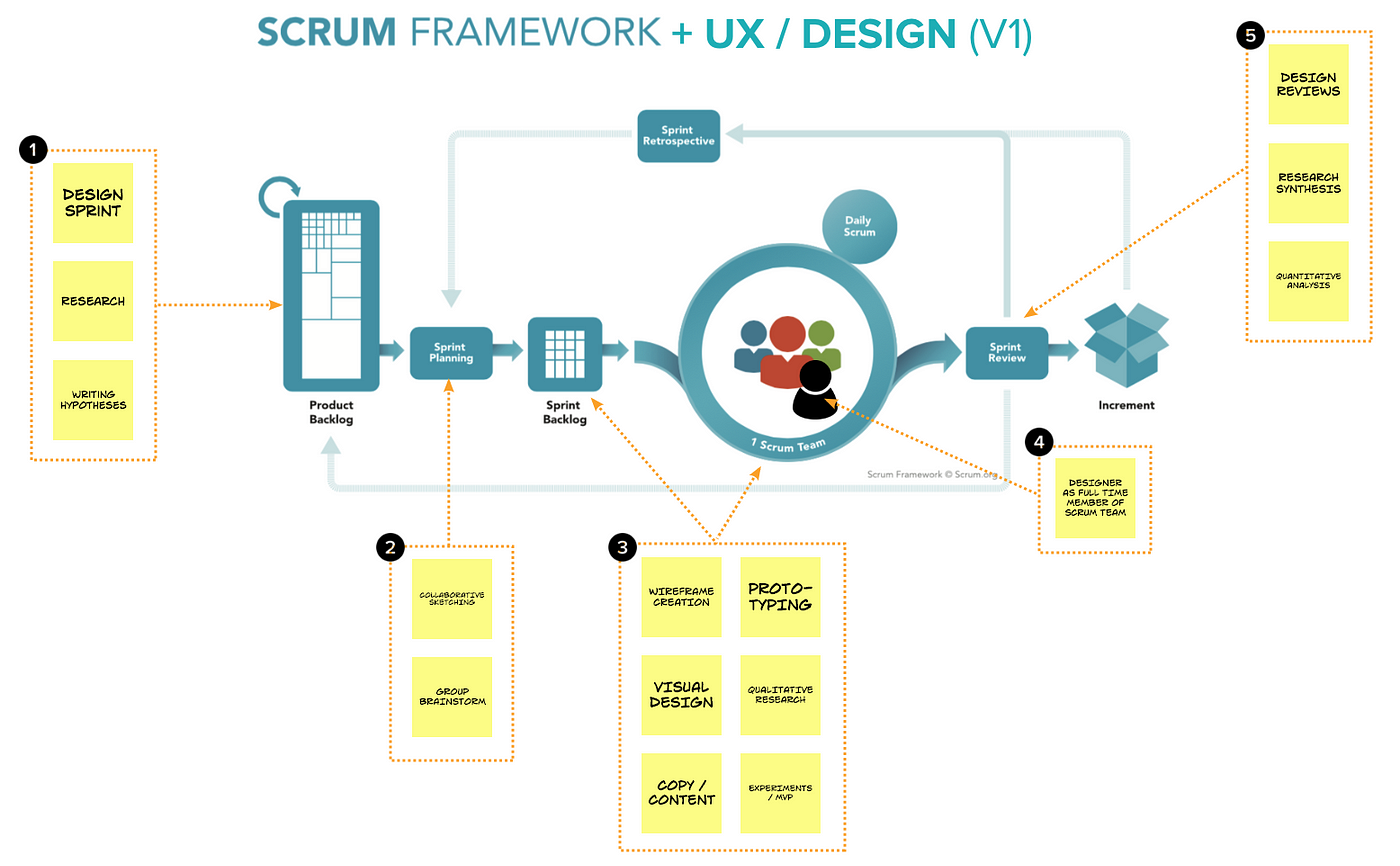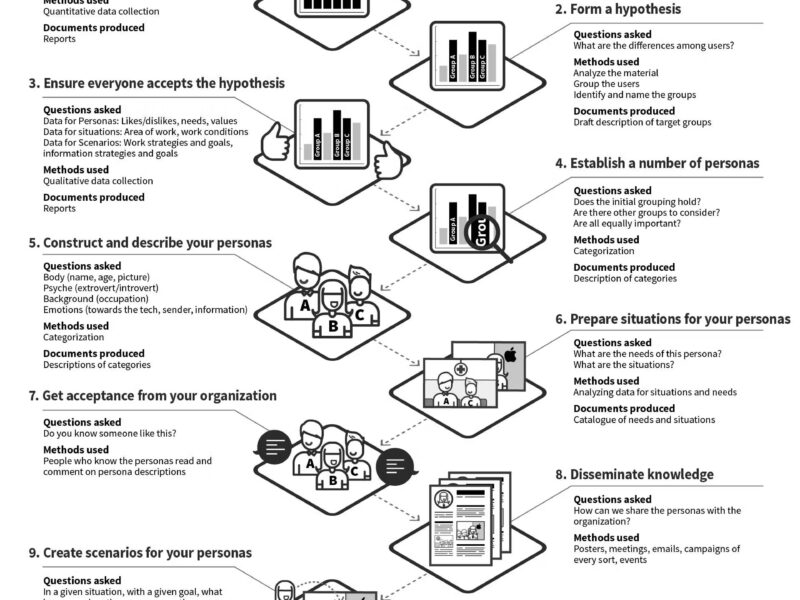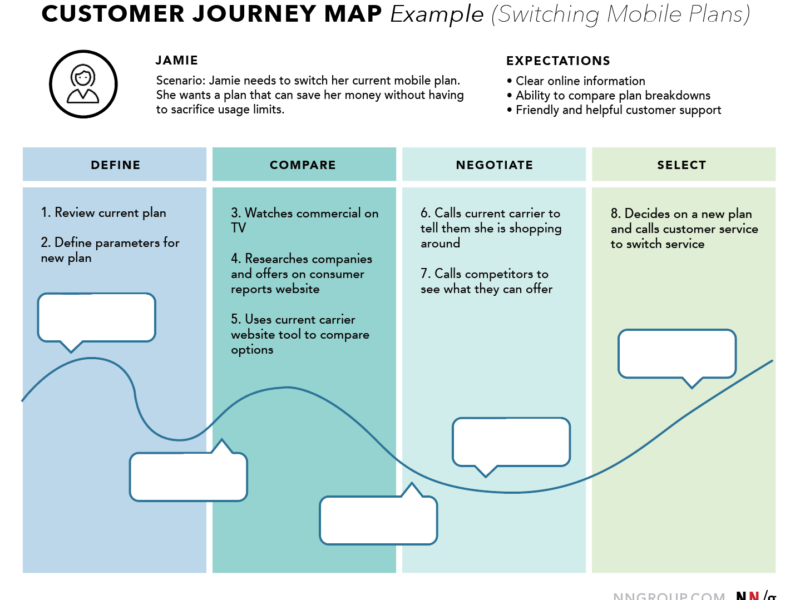In the dynamic world of product development, merging UX design with Scrum methodology creates a powerful synergy.
Scrum, a widely used Agile framework, emphasizes transparency, inspection, and adaptation to deliver high-quality products through iterative sprints. When combined with UX design, Scrum becomes a robust system that prioritizes user-centric solutions while maintaining technical agility.
This article explores how UX design integrates seamlessly with Scrum, offering actionable insights, best practices, and benefits.
Understanding Scrum Methodology
Scrum is a framework for project management designed to handle complex and innovative projects. It revolves around time-boxed iterations known as sprints, where cross-functional teams deliver incremental product improvements. Key principles include:
- Transparency: All aspects of the process are visible to ensure accountability.
- Inspection: Regular reviews help identify areas for improvement.
- Adaptation: Adjustments are made based on feedback and changing requirements.
The Role of UX Design in Scrum
UX design ensures that the products developed within the Scrum framework are intuitive, user-friendly, and aligned with user needs. Here’s how UX design integrates into Scrum:
- Embedding UX Designers in Scrum Teams:
- UX designers join developers, testers, and product owners as integral team members.
- Their expertise in user research and design ensures a holistic approach to product development.
- Informing the Product Backlog:
- UX designers collaborate with product owners to prioritize and refine backlog items.
- User research findings and personas guide decisions, ensuring the backlog reflects user needs and business goals.
- Contributing to Sprint Planning:
- During sprint planning, UX designers define user flows, create wireframes, and develop prototypes.
- This input clarifies user stories and sets realistic acceptance criteria.
- Testing and Iteration Within Sprints:
- Usability testing during sprints ensures the product aligns with user expectations.
- Designers iterate on feedback, refining designs before implementation.
Best Practices for Integrating UX Design with Scrum
1. Embed UX Designers Early
- Involve UX designers from the project’s inception.
- Their early input helps establish a user-centered foundation, shaping the product backlog effectively.
2. Adopt Dual-Track Agile
- Implement parallel discovery and delivery tracks:
- Discovery track: UX designers explore user needs, create prototypes, and validate concepts.
- Delivery track: Developers implement validated designs.
- This approach ensures continuous user feedback without delaying development.
3. Use Collaborative Tools
- Leverage tools like Figma, Miro, and Jira for real-time collaboration.
- These tools bridge the gap between design and development, enhancing communication.
4. Incorporate Feedback Loops
- Establish regular feedback sessions during sprint reviews.
- Gather insights from stakeholders and users to refine designs iteratively.
5. Focus on Lightweight Documentation
- Use concise, visual artifacts like sketches and wireframes instead of lengthy documentation.
- This accelerates decision-making and ensures alignment across teams.
6. Measure UX Success
- Define clear metrics such as task success rate, time-on-task, and Net Promoter Score (NPS).
- Regularly evaluate these metrics to ensure the product meets user expectations.
Benefits of Integrating UX Design with Scrum
1. Enhanced User Experience
- Products developed through user-centered iterations better meet user needs.
- Continuous testing and feedback result in intuitive and satisfying experiences.
2. Accelerated Development
- Agile design methods like design sprints speed up the prototyping and validation process.
- Fewer redesigns during development save time and resources.
3. Improved Collaboration
- UX designers and developers work as a cohesive unit, bridging gaps between disciplines.
- Shared goals foster team cohesion and better product outcomes.
4. Alignment with Business Goals
- UX research informs backlog prioritization, ensuring alignment with user and business objectives.
- This strategic focus increases product-market fit and ROI.
5. Greater Adaptability
- Scrum’s iterative nature accommodates evolving requirements and user feedback.
- UX integration allows rapid adaptation to changing market dynamics.
Challenges and Solutions
1. Time Constraints in Sprints
- Challenge: Short sprints may limit in-depth UX activities.
- Solution: Use lean UX techniques, focusing on minimal viable designs and rapid testing.
2. Balancing Discovery and Delivery
- Challenge: Simultaneously conducting user research and development can be complex.
- Solution: Adopt dual-track Agile to separate exploration from implementation.
3. Communication Barriers
- Challenge: Misalignment between UX designers and developers.
- Solution: Foster open communication through regular stand-ups and collaborative tools.
Real-World Example: UX in Scrum
Case Study: Redesigning a Banking App
A cross-functional Scrum team undertook the redesign of a banking app. By integrating UX design, they:
- Conducted user research to identify pain points in the existing app.
- Prioritized backlog items based on user needs and business goals.
- Created prototypes tested during sprints, incorporating feedback into subsequent iterations.
- Delivered a user-friendly app that increased customer satisfaction and reduced churn rates.
Conclusion
Integrating UX design into Scrum is more than a best practice; it’s a necessity for delivering products that resonate with users. By embedding UX designers in teams, leveraging agile design methods, and prioritizing user feedback, organizations can achieve faster development cycles, improved collaboration, and superior user experiences. As the demand for user-centric products grows, mastering the integration of UX design with Scrum will remain a critical skill for successful product teams.
Additional Resources
- Scrum.org
- Interaction Design Foundation: Scrum
- UX Design in Agile: Nielsen Norman Group
- Atlassian Guide to Agile
The image belongs to “Here is how UX Design Integrates with Agile and Scrum“


